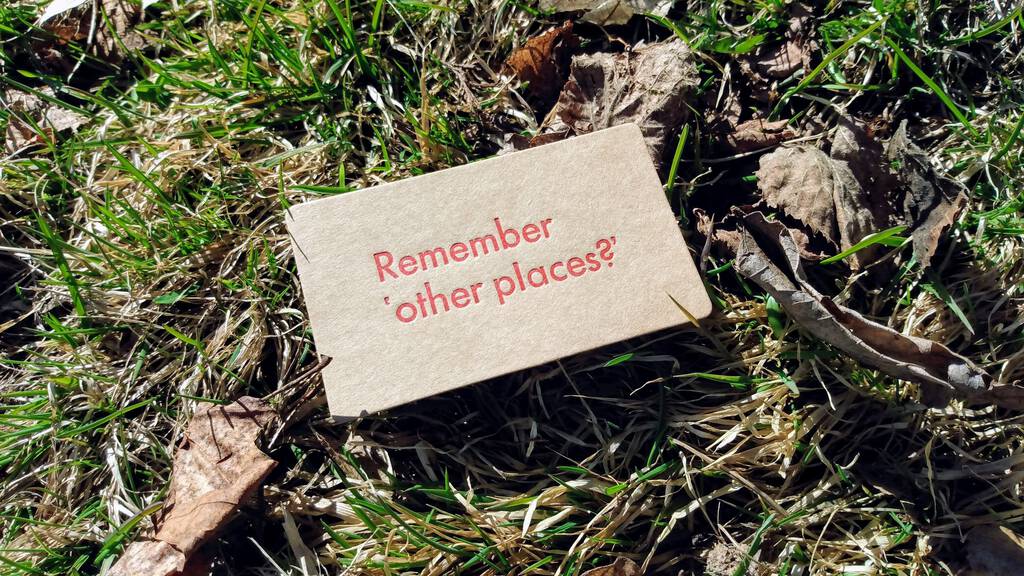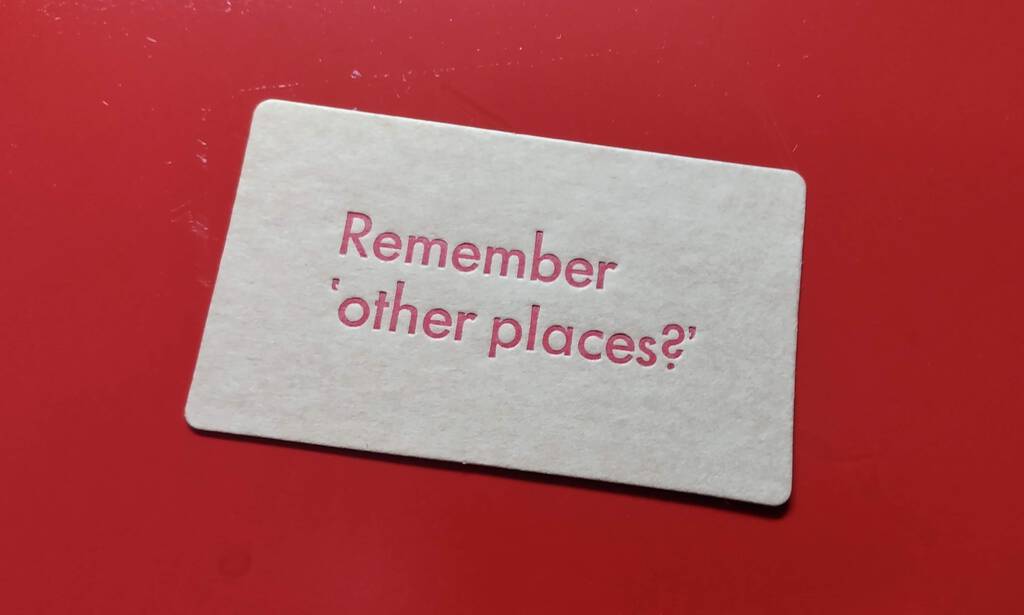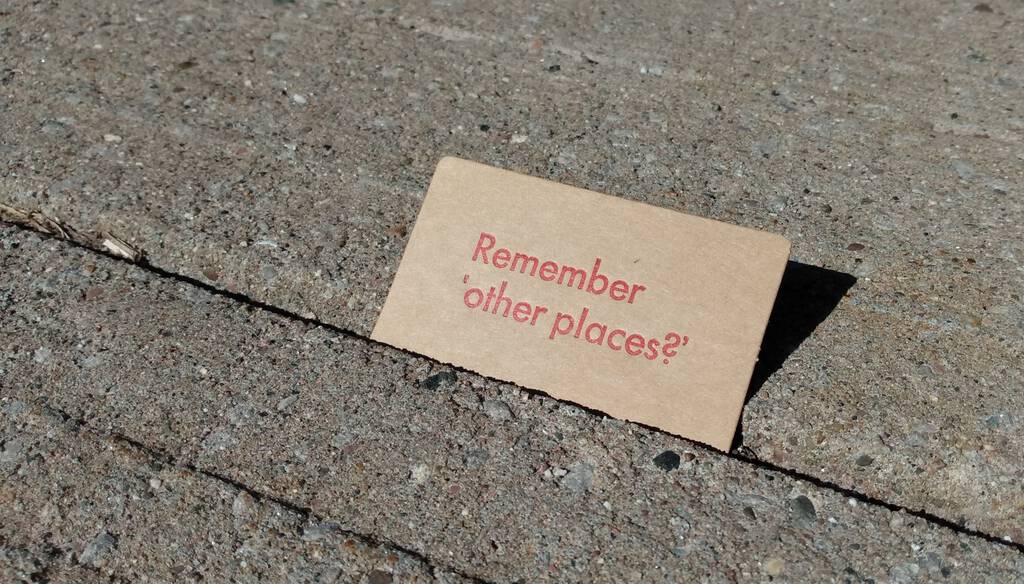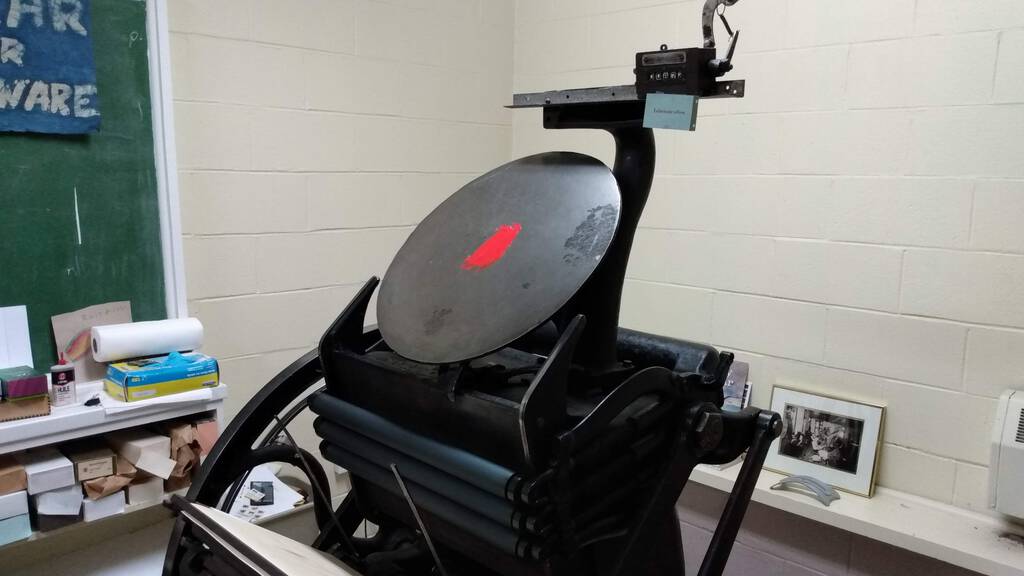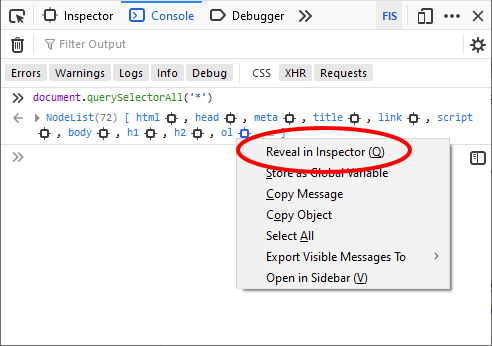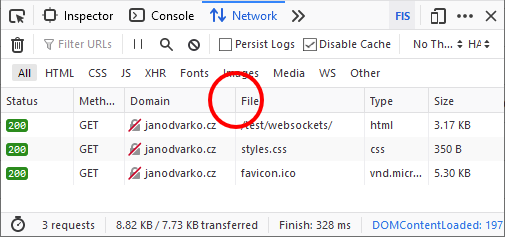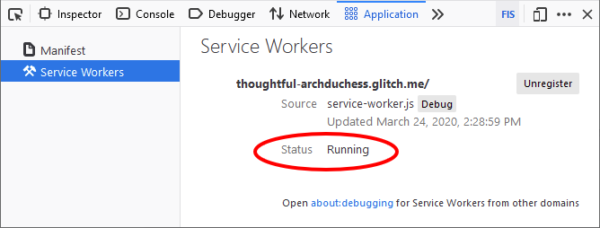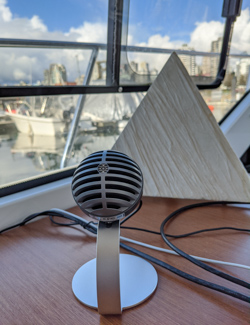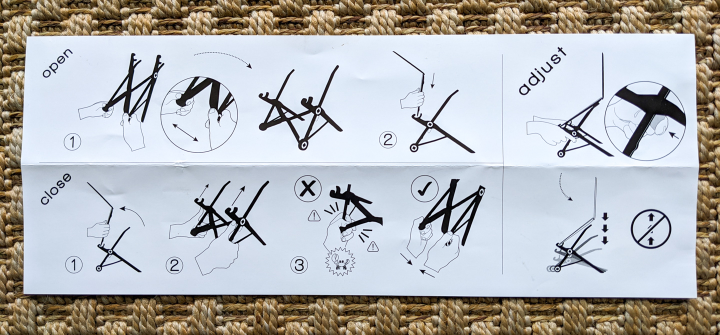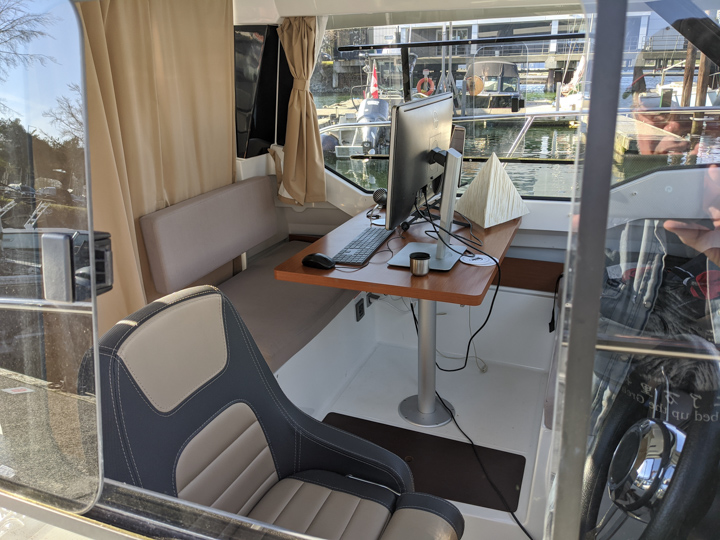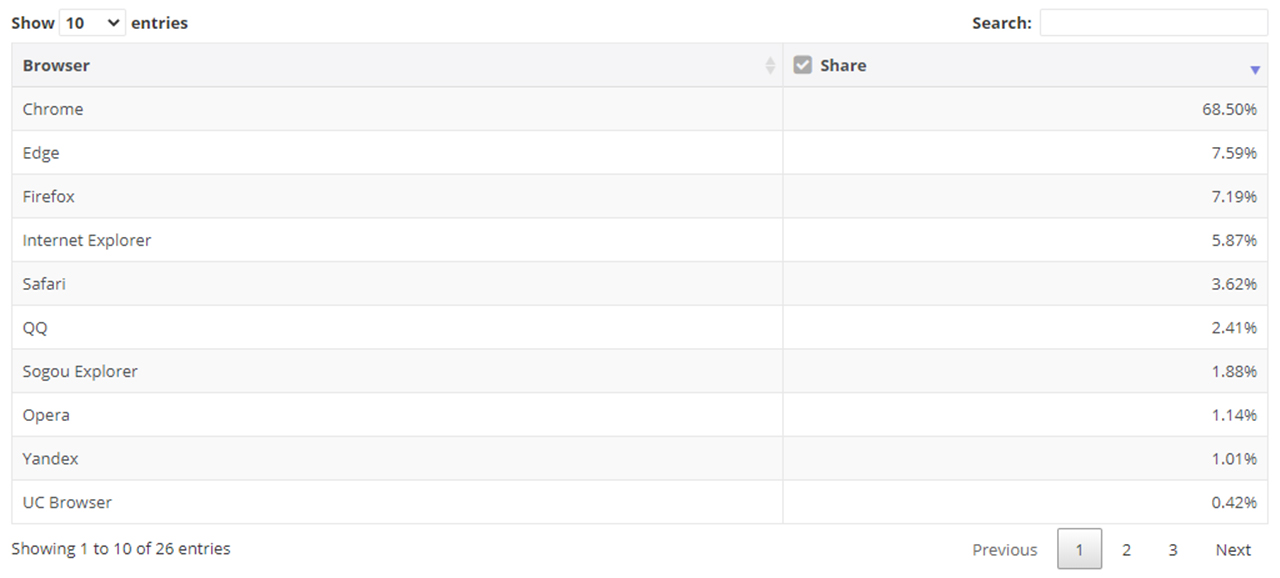![]()
We looked at the history of both these buildings in earlier posts, but we’re revisiting as both have seen more recent restoration, and we’ve researched the buildings a little more. On the right, the Canadian North Star (as it was last known) at 5 West Hastings is slightly younger than the Beacon Hotel to the west. We know that from an image we saw in an earlier post about the Palace Hotel, that pre-dated the Merchant’s Bank built in 1912, and recently restored. This Vancouver Public Library dates from 1920.
 The image on that post (on the right) dates from 1899 and shows a two storey wooden building where the North Star was constructed. The Beacon, on the other hand had already been built, as a 3-storey building. That supported our earlier conclusion that when the 1899 news reported that “G W Grant would supervise the construction of a four storey block for B.B. Johnston & Co”, this was the building in question. In 1913, it was called “Drexel Rooms”, a name it kept until the 1980s, then later renamed the North Star Hotel or North Star Rooms, a single room occupancy hotel. In 1978 the Province newspaper investigated conditions in the Downtown Eastside SROs. “The owners of the Drexel are very energy conscious. The lights in the halls are left off. Manager Lau Mack King turned them on the other day because he thought the visitor from The Province represented the provincial government.”
The image on that post (on the right) dates from 1899 and shows a two storey wooden building where the North Star was constructed. The Beacon, on the other hand had already been built, as a 3-storey building. That supported our earlier conclusion that when the 1899 news reported that “G W Grant would supervise the construction of a four storey block for B.B. Johnston & Co”, this was the building in question. In 1913, it was called “Drexel Rooms”, a name it kept until the 1980s, then later renamed the North Star Hotel or North Star Rooms, a single room occupancy hotel. In 1978 the Province newspaper investigated conditions in the Downtown Eastside SROs. “The owners of the Drexel are very energy conscious. The lights in the halls are left off. Manager Lau Mack King turned them on the other day because he thought the visitor from The Province represented the provincial government.”
In 1999 the Carnegie Newsletter reported the building had been closed for maintenance and health violations. “Although there are at least 29 units in this hotel, few were rented out monthly and many were just plain unrentable. There were so many orders for repairs that it was impossible to count them all.” It was briefly squatted in 2006 in a protest about the lack of affordable housing, but was already in a dangerous condition. Soon after the back of the building collapsed, leaving the structure open to the elements.
In 2014 the Solterra Group applied for permission to renovate the building to provide 31 self-contained units, each with a bathroom and cooking facilities. Half the rooms are reserved for low-income residents (5 for tenants paying welfare rate) and another 13 rooms at the provincial rent supplement rate, locked in for 30 years
Harry Jones was almost certainly the developer of the Beacon Hotel, probably around 1898. His name is in the 1900 Street Directory as occupying the West Hastings Street building, and he was still paying for repairs as owner in 1922. Harry was from Liverpool, and was an early successful real estate developer. We don’t know when the fourth floor was added; he carried out $1,500 of work to a building on Hastings Street in 1905, but he owned several properties, so we can’t be sure which was involved, and the work probably cost more than that. The style adopted for the addition didn’t attempt to follow the Italianate curved windows of the third floor, but added larger areas of glazing. Initially the rooms upstairs were the Ramona Rooms, then the Pacific Rooms, and more recently (and notoriously), Backpackers Inn, “BC’s worst drug hotel”
The Beacon was one of a number of run down SRO hotels bought by BC Housing in the early 2000s, and has had two periods of restoration. Now run by PHS, it initially reopened in 2009 as a social housing building for individuals living with concurrent disorders. An array of programs are available to residents including regular community kitchen events, pancake breakfasts, and movie nights. The Beacon closed for renovations in August of 2014, and reopened again in September 2016.
Image sources: VPL and City of Vancouver Archives CVA 677-27
0962











